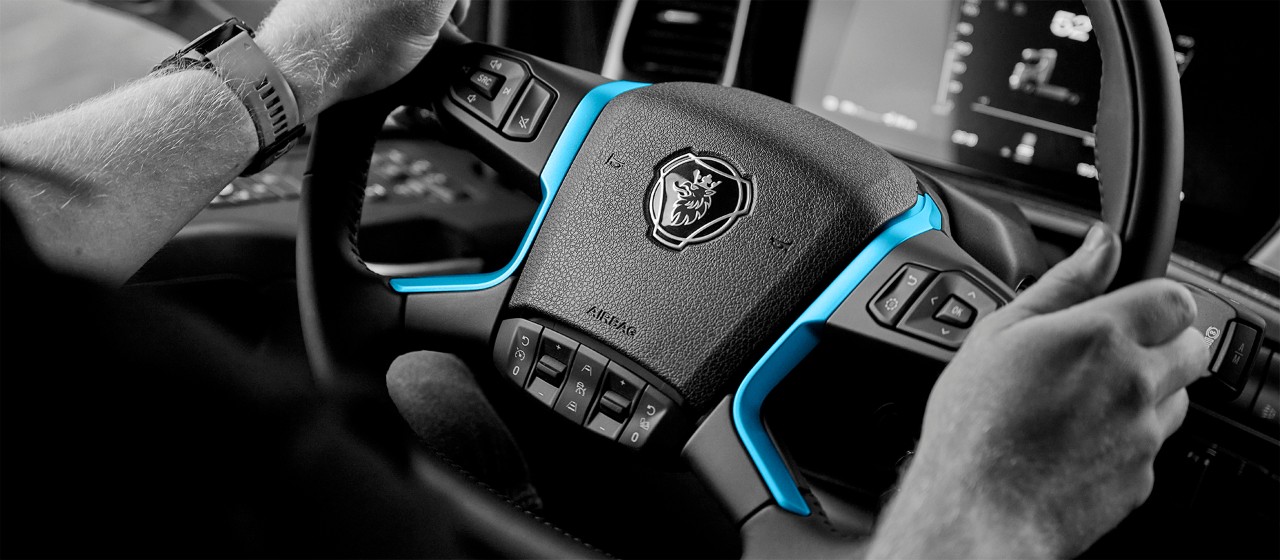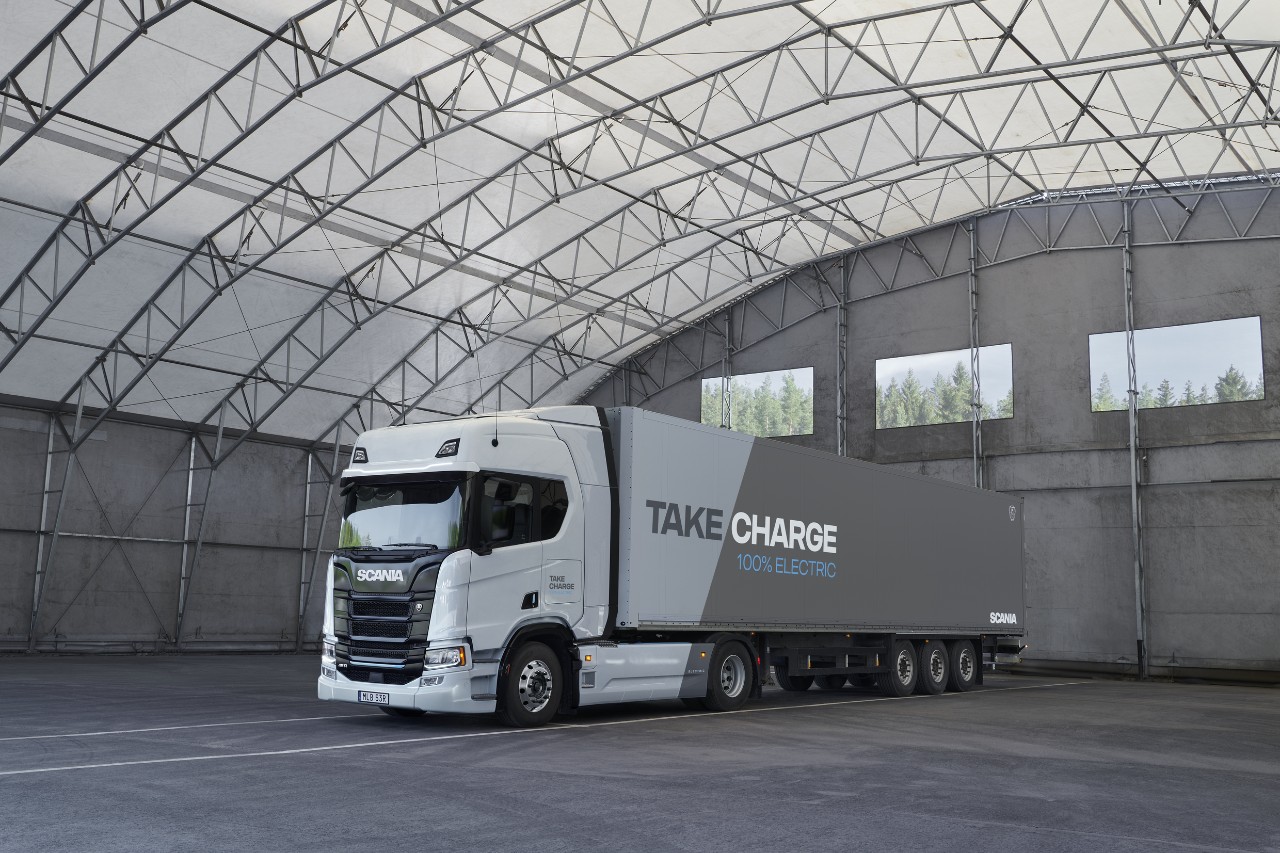
Explainer: torque, power and RPM in a BEV world
Scania’s powertrains are renowned for their combination of power and high torque at low revs, providing unmatched traction and fuel efficiency. But how does that translate to battery electric trucks? Here’s an explainer of torque, power, and RPM in a BEV world.
Torque and power are terms used when describing powertrain performance. But how are they related? How can powertrains with different torque values deliver the same power and similar performance? These are key questions to understand when comparing powertrains with combustion engines and electric machines.
Unlike internal combustion engines, which need to reach higher RPMs to maximise torque and power, electric machines produce peak torque instantly, even at low revs. This instant torque is one reason battery electric trucks (BEVs) feel so responsive and direct.
The torque curve for a 560 hp Scania internal combustion engine. Scania's inline six engine delivers unmatched torque at low revs but still needs to reach 900 RPM to provide peak torque (2,800 Nm).
“A battery electric powertrain can achieve the same power as an internal combustion engine, even with lower torque, by utilising higher RPMs,” says Fredrik Sundén, an e-mobility developer at Scania Research & Development.
The torque curve for a 400 kW Scania electric machine. It delivers instant maximum torque (1,250 Nm) and has a flat torque curve up until 3,000 RPM.
Torque – providing traction
Torque, in combination with the gear ratio in the powertrain and the wheels, generates the traction force that helps a truck start moving and pull heavy loads. Electric powertrains have a flat and consistent torque curve, delivering maximum torque across a wide RPM range. This is one of the reasons that allows for a transmission system with fewer gears.
“Another unique feature is that BEVs don’t experience the same ‘loss of power’ when shifting gears during acceleration. In contrast, a combustion engine truck requires time to regain torque after a gear change,” explains Sundén.
At the same time, he notes that measuring the torque produced by the motor alone, as is often done with ICE vehicles, is less meaningful for BEVs.
“What truly matters is the level of power that is transferred to the drive shaft and, ultimately, to the wheels. In this regard, BEV and ICE trucks are quite similar.”
Power – providing speed
Power shows how quickly a BEV’s electric machine converts electrical energy into motion. Higher power enables faster acceleration and greater hauling capacity, while lower power means lower performance, such as lower speed in hills or slower acceleration.
In technical terms, power is the product of torque and RPM. The flat torque curve of a BEV machine allows power to build smoothly and consistently, giving BEVs their signature powerful and responsive feel.
“An electric truck delivers instant power, responding immediately to every press of the accelerator. It also maintains higher average power during acceleration, contributing to the powerful feel of a BEV, even if it has similar power ratings as a diesel truck,” says Sundén.
RPM – balancing speed and efficiency
RPM, or revolutions per minute, measures how fast the electric motor’s shaft is spinning. Electric motors generally operate at higher revs than diesel engines.
“BEVs experience minimal energy losses because they don’t rely on the complex mechanics of an internal combustion engine, such as pistons, valves, or exhaust systems. Instead, they use electromagnetic forces to spin the motor shaft, enabling higher RPMs with greater smoothness and efficiency,” says Sundén.
The interplay of torque, power, and RPM is what gives BEVs their characteristic smooth acceleration and responsiveness, making them feel powerful and effortless, regardless of the load or terrain.
Read more

Charging
We help you find the right charging solution for your specific need.
